Guest post in collaboration with Gusty.se
Although a rare sight on our Swedish roads, the iconic image of a Volkswagen T1 with surfboards on the roof is a sight that has hardly escaped anyone. Beachcombing, surfing and a relaxed lifestyle remain a dream for many. But the fact is that it is there, more accessible than ever, albeit in a slightly different form.
Table of contents
A new dimension to camping holidays
The primitive T1 has been replaced by more comfortable motorhomes and the surfboards have been replaced by less bulky kitesurfing equipment! Now, the message of this article is not to abandon your comfortable motorhome for a decadent life on the beach, but to enlighten you on the possibility of adding a dimension to your camping holiday by becoming a kitesurfer.
The sport of kitesurfing has steadily grown in popularity over the past decade and is practised by young people and retirees alike. The closeness to the sea and the forces of nature, the wonderful feeling of freedom of surfing on the water, physical activity, togetherness with like-minded ...
The combination of kitesurfing's many endorphin-boosting elements is simply unbeatable. So what exactly is kitesurfing? Is it difficult to learn? What equipment is needed? Where can I kitesurf? Read on for a better understanding and an insight into the kite world.
Kitesurfing - an old phenomenon in a new package
The father of kitesurfing, George Pocock, was the man who used kites to propel carriages on land in the early 19th century. The reason for using kites was to avoid the horse tax, but that's another story.
As far back as the 1970s and 80s, the first experiments in developing kites for travelling on water in canoes and on water skis began with limited success. Years of hard work by determined and creative engineers have brought us to today, where these kites are more efficient, safer and more durable than ever.
Kitesurfing is a relatively new sport, but it is definitely here to stay. The most common form of kitesurfing is that of surfing the water while standing on a "twintip" board, a symmetrical board similar to a snowboard or wakeboard board which gives the practitioner great variety to not only surf the water but also to jump and do different tricks.
If you prefer a softer riding style, the twintip board can be replaced by a regular wave surfboard or a hydrofoil board to minimise stress on knees and joints that may no longer be in top condition. However, you don't have to be 20 years old to kitesurf. There are 80-year-olds who kitesurf, so with motivation and patience, just about anyone can learn.
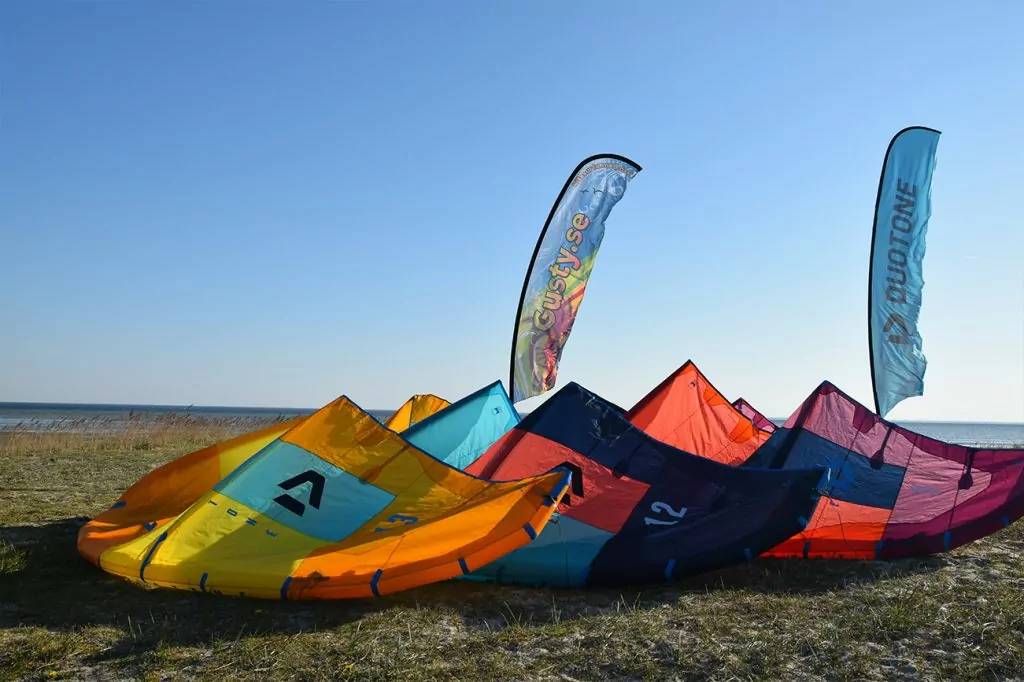
How do you learn to kitesurf?
Few people would think of getting into a car and driving on a busy road... Like driving and many other activities, kitesurfing is an activity where things can go very wrong if you don't learn the basics and don't handle the kite equipment properly.
Therefore, it is important that anyone who wants to learn to kitesurf goes to a kitesurfing school and books a kite course where they learn the basics so that they can continue training on their own. A standard course usually lasts two days, which is enough for a good kitesurfing instructor to teach you the basics and for you to gain enough control to handle a kite on your own after the course.
What equipment is needed to kitesurfing?
A board, a kite, a harness and a wetsuit are all you need for kitesurfing. If you buy everything new, it will cost you a fortune, but on the second-hand market you can find a wide range of second-hand equipment at a good price. The equipment is durable and if you take good care of it, it will last for many years.
The thing that wears the most is the wetsuit, which you probably prefer to buy new anyway. The boards are made of durable material that is almost impossible to destroy unless you drive with the board on rocks. Similarly, the harness is difficult to wear out and you can easily use a harness for years before it starts to get damaged.
When it comes to kites, it's mainly lines that can wear out over the years, so check them for fraying and knots if you buy a second-hand kite. However, just like windsurfing, there are different sizes of kites. If the wind is light, you need a large kite and a smaller size the more it blows. With only one kite, you are therefore limited to kitesurfing in a certain wind range. As a beginner, however, it is recommended to kitesurf in moderate winds, which is why a kite of a reasonable size may be sufficient.
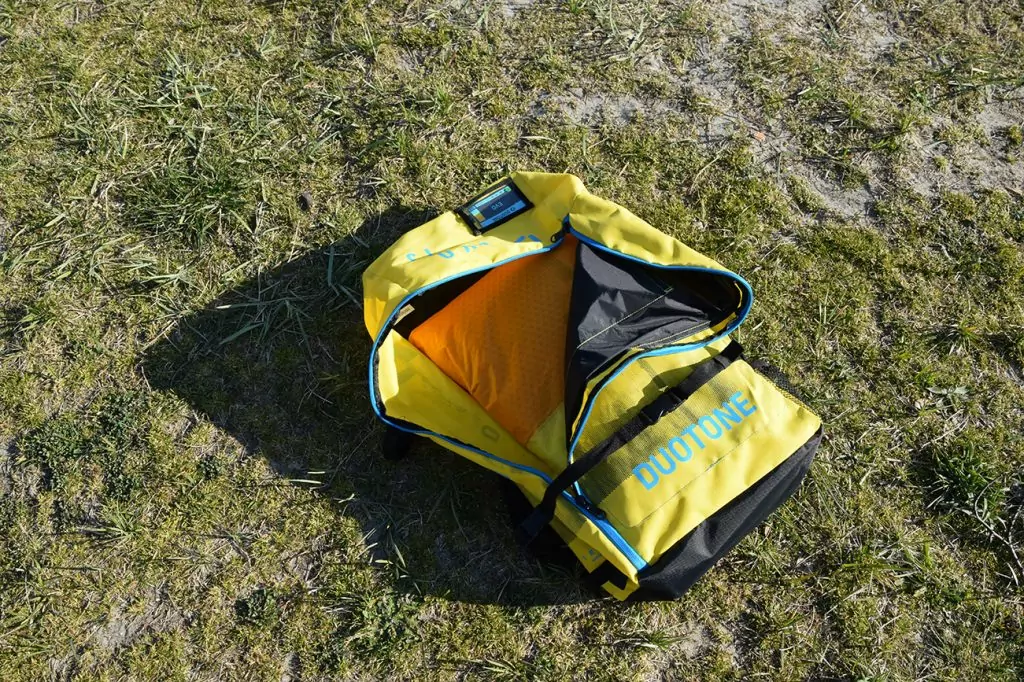
Where can you kitesurf?
Along the coasts of Sweden, and especially in Skåne and on the west coast, you will find places that are well suited for kitesurfing. It is advantageous to kitesurf where there are generous areas to rig, launch and land your kite. It is also desirable to kitesurf where the water is shallow and has a fine sandy bottom. If the water is deep, it is more difficult to get out into the water and if the bottom is rocky, you can injure yourself if you crash the kite. In any case, the number of so-called "kite spots" is large and kite surfers rarely have to travel far to find a kite spot.
However, it is important to check the weather forecast before going out on the water. Kitesurfing requires little wind and, for beginners, preferably not too much wind, between 6 - 10 m/s is a good range. The direction of the wind is also crucial. If the wind is blowing from offshore, kitesurfing is not an option because you will drift out to sea if you have an incident on the water.
If you own a motorhome and like to visit different places, kitesurfing is perfect as you can simply camp near great kite spots. To mention a campsite in Skåne, Habo Ljung is by far the best campsite as it is located right next to a beach with optimal conditions for kite surfing and where you can also take a kite surfing course.
Around Sweden, Europe and in many places around the world, kite surfing is popular. For many people, travelling has taken on a whole new meaning as it is easy to bring your kite equipment to kitesurf in different destinations and several organisers arrange "kite trips".
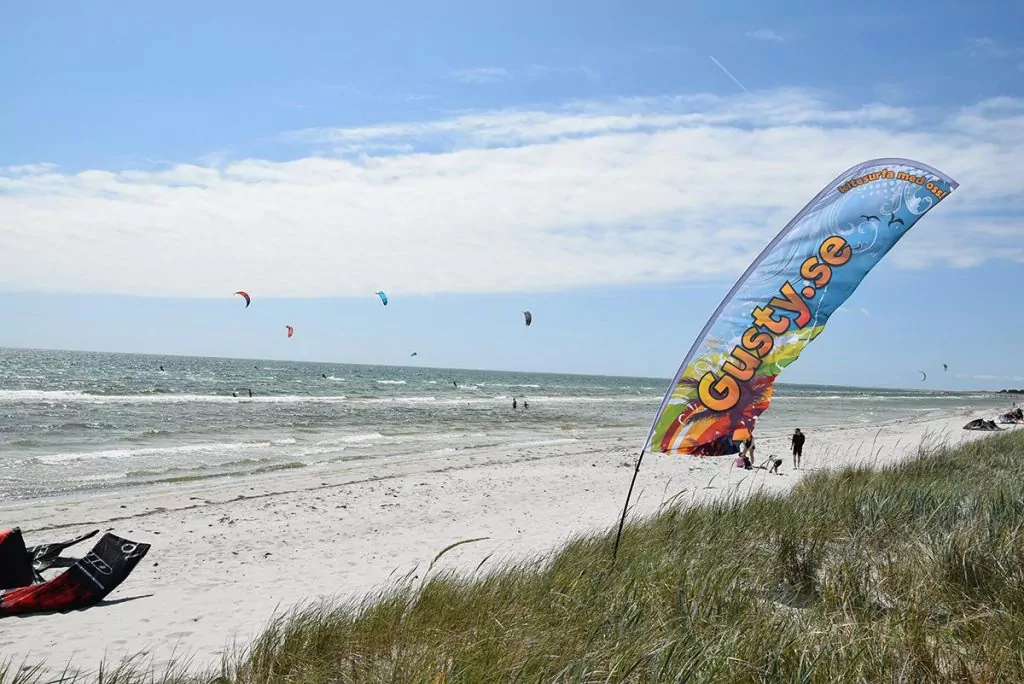
Kitesurfing at its best
Kitesurfing is an activity suitable for all ages. Jumping and doing different tricks takes practice and practice, and most people can only dream of being as good as the pros. Nevertheless, it is inspiring and fun to see what is possible with a kite. Words can't really describe the feeling so in conclusion I want to share this video that I myself have seen an uncountable number of times, I simply love it 🙂 /Gustav


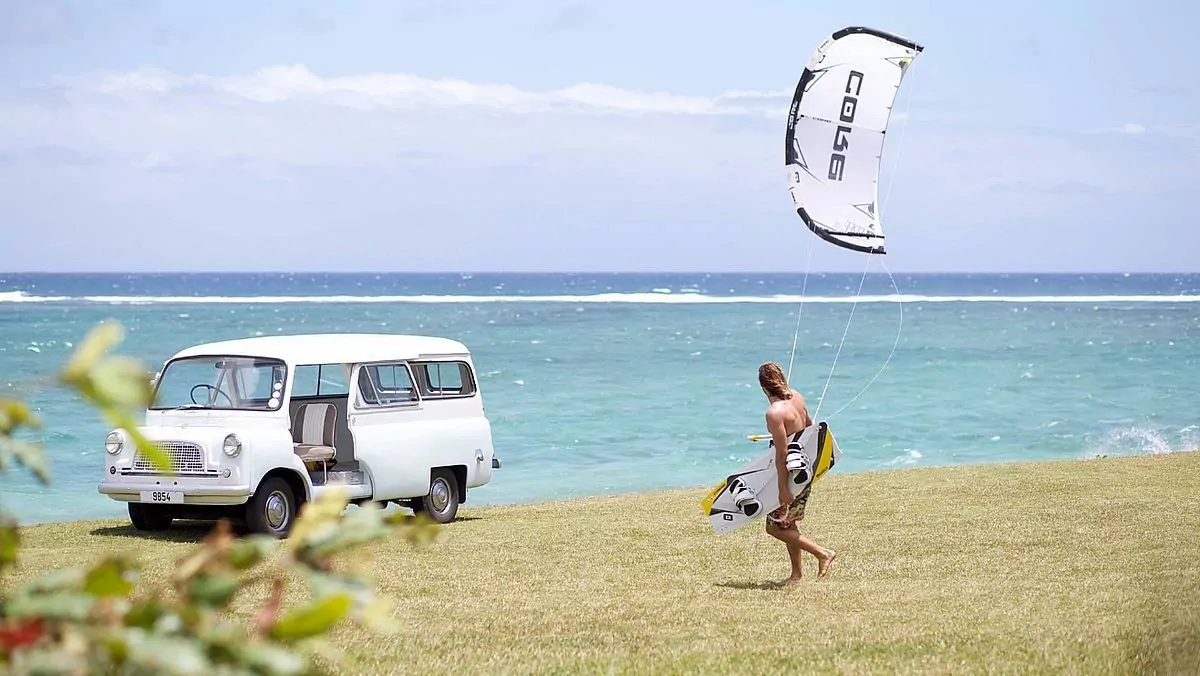






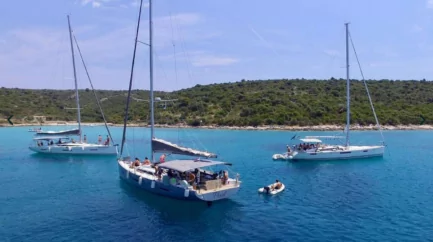
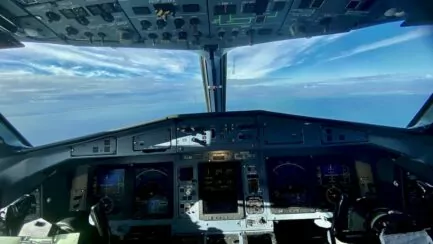


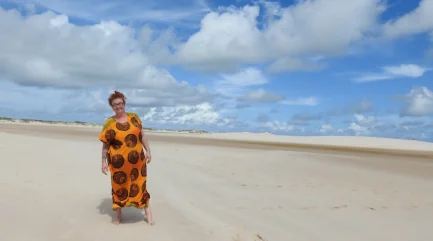



Ann says:
It looks awesome, and like many sports, it looks easy... but I know my body wouldn't cooperate 😀.
25 June 2019 - 7:16
Helena says:
Doesn't that look awesome? Peter was all set to take a kitesurfing course when we travelled Europe around 2015, but then it didn't happen for various reasons. A bit of a shame perhaps.
25 June 2019 - 17:21
Mr Nils-Åke Hansson says:
It's like the surfers we were parked with on the Atlantic coast. The free life!
25 June 2019 - 9:55
Helena says:
Isn't it? Looks lovely! 🙂
25 June 2019 - 17:22
Åsa says:
Ha! A two-day course! I needed more time than that to realise that I was screwed, and I can still surf, windsurf, snowboard, water ski and wakeboard.
Here I wrote a bit about my humiliating experience with kitesurfing.
https://www.bortugal.se/arsringar-och-sommarplaner/
Those strings and I were not friends, plus they are deadly. In fact, I almost split a person in two when my kite dove!
I'm probably a bit bitter, it would have been so much fun to be able to. I live very close to a popular kite surfing beach.
25 June 2019 - 10:29
Gustav says:
How many of you shared an instructor? When taking a course, it is also a great advantage if the winds are favourable. If the wind is too strong or too light, everything becomes a little more difficult.
25 June 2019 - 15:15
Åsa says:
I had my own instructor, but it was quite crowded and windy actually! I think I need more space and more consistent winds if I'm going to do it again+.
26 June 2019 - 0:44
Fredrik Andersson says:
Looks like fun! Just have to get a campervan first... 😉 😉
25 June 2019 - 18:08
Helena says:
Haha, you can probably surf without a motorhome too 🙂 (Although I think it sounds cosy WITH a motorhome ;)).
25 June 2019 - 21:16
Ama de casa says:
I think I'll continue to be content with watching those kites from the shore 😉.
25 June 2019 - 19:37
Helena says:
Haha, maybe safest? But ... isn't it you who usually claims "everything for the blog" ...? 😉
25 June 2019 - 21:17
Ama de casa says:
Right... Good thing I'm far from the sea right now then - not a kitscreen in sight! 😀
26 June 2019 - 8:30
Emma P says:
Oh, I would really like to learn to kite! I've been keen when I looked abroad, but hardly thought about the fact that you can of course also try it in Sweden ...
25 June 2019 - 21:15
Helena says:
I've probably also seen most kites abroad, including Poland and France. But you don't have to go abroad to try it 😉.
25 June 2019 - 22:27
Elisabeth says:
It's always fun to watch them kite surf!
25 June 2019 - 21:50
Helena says:
Agreed! 🙂
25 June 2019 - 22:27
Ditte says:
I tried it a long time ago, about 10 years ago, on the Atlantic coast of France. But it takes time and, despite a four-day course, I didn't learn very well. I have windsurfed and sailed, tried snowboarding and parachuting, but I realise that I won't be a kitesurfer. And now it does not feel directly relevant. And we have never had a motorhome. But we have driven a Volkswagen Camper from west to east coast in the USA.
Maybe you'll try it yourself at some point. Because it's fun.
25 June 2019 - 22:13
Helena says:
How nice that you tried Ditte! And you're really tough ... everything you've done!!! I understand that it is not so easy to learn, this type of sport requires some training. But it looks like a lot of fun! Peter has been very keen to try it, so we'll see 😉.
25 June 2019 - 22:29
Lena - good for the soul says:
It looks so lovely. I think I would enjoy it! But that chicken will probably have to stay on the ground 🙂.
Hug Lena
27 June 2019 - 6:11